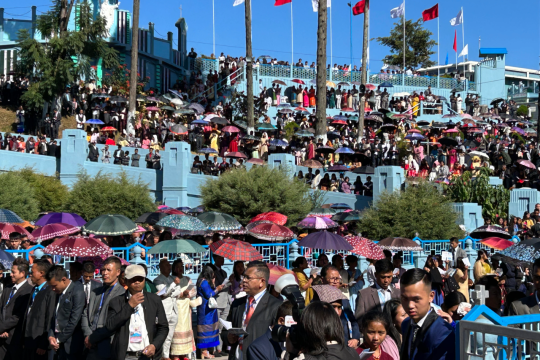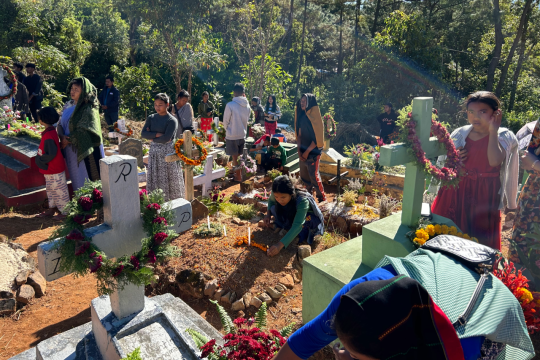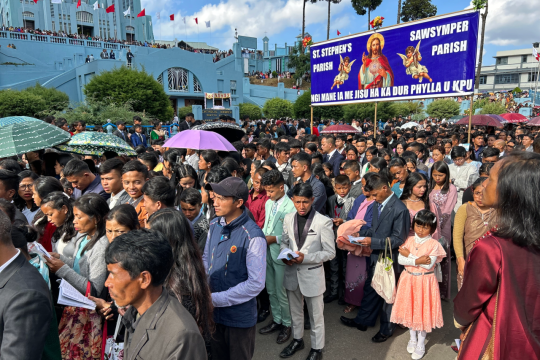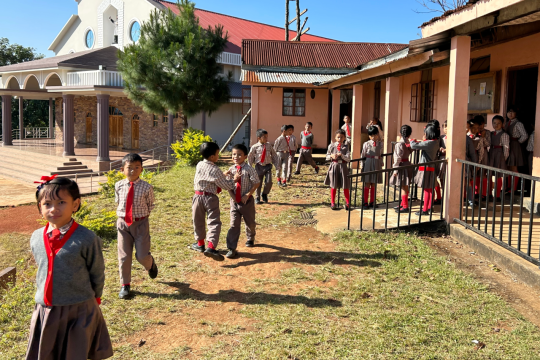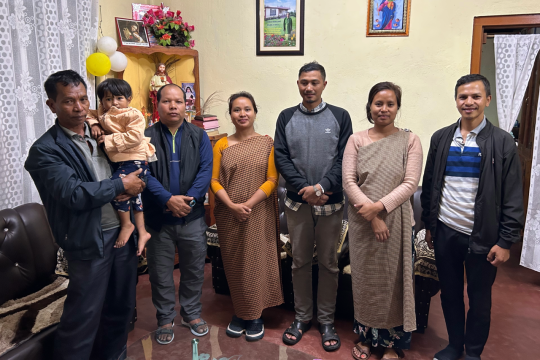Any attempt to describe Indian Catholic life in broad terms runs up against the genuine diversity of a country misperceived by many foreigners to be culturally and linguistically monolithic. The Northeast region, primarily bounded by Bangladesh, Bhutan, Myanmar, and China, yet linked to the rest of India by a narrow land bridge, is one place where India’s diversity is particularly apparent. The Northeast region not only stands out culturally, linguistically, and religiously from “mainland” India but is also incredibly diverse within. It is the only part of India to have states that are majority Christian: Meghalaya, Mizoram, and Nagaland are each more than three-quarters Christian and Manipur is proportionately more Christian than Goa and Kerala, which are often regarded as India’s Catholic strongholds.1 In the seven states that comprise the Northeast region, more than 200 languages and dialects are spoken by as many tribal communities, each with particular cultural traditions.
Rather than try to address the whole diversity of the Northeast, the articles here focus on the lives of Catholics from two related ethnic groups, the Khasi and the Pnar, also known as Jaintia, in their homelands in the state of Meghalaya.2 Meghalaya, “the abode of clouds,” is a land of steep, largely green hills. About 80% of the population of Meghalaya relies on small-scale agriculture for a living, primarily cultivating rice, fruits, and vegetables.3 The capital, Shillong, is a small but bustling city. While there is poverty in the rural areas, one does not encounter urban slums or mass homelessness and displacement, as in some parts of India. Meghalaya is also home to a third major ethnic group, the Garo people, and to smaller groups of Khasi-related people like the Bhoi and the War. All are recognized in the Indian constitution as scheduled tribes, a designation that gives them certain political, cultural, and land ownership protections that help preserve their ethnic communities.4
- 1Pew Research Center offers a helpful graphic of religious affiliation by state in the 2011 census of India (the last census conducted); “India’s most populous states and territories have large Hindu majorities, while Muslims and Christians form majorities in some smaller states,” Religious Demography of Indian States and Territories, Pew Research Center, published August 26, 2021.
- 2The Pnar, by many scholarly categorizations, are a Khasi people, sometimes described as a Khasi “subgroup”. Some authors even assert that the distinction between Khasi and Jaintia is a Western invention. Their languages are related but not the same. However, Pnar interviewees for this research generally regarded themselves as a distinct people. This article makes no attempt to adjudicate the relationship of the two tribes, privileging instead the way these tribal relationships were expressed by the people of those tribes who were interviewed. See Melvil Pereira, Jyotikona Chetia, Edmond Lamare and Pynhunmiki Susngi, New Aspirations, New Approaches: The Jaintas of Meghalaya (Guwahati, India: North Eastern Social Research Centre, 2020), 34.
- 3Pereira, et. al., New Aspirations, New Approaches, 34.
- 4Elsewhere in India, conversion to Christianity often legally results in loss of scheduled status, but not here.

